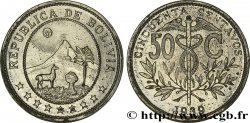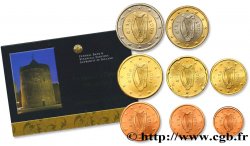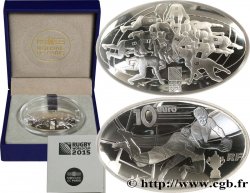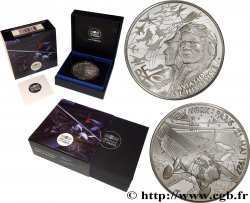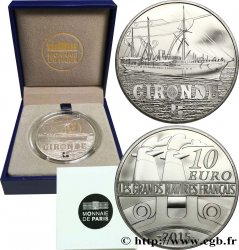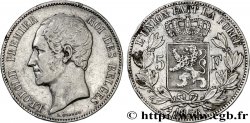正面
正面的文字 REPUBLICA DE BOLIVIA *.
正面的说明书 armes de la Bolivie.
正面的翻译 (République de Bolivie).
背面
背面的文字 INDEPENDENCIA ECONOMICA // 31.X.1952.
背面的说明书 3 / Grs. /ORO / PURO, buste à droite.
背面的翻译 (Indépendance économique).
历史细节
BOLIVIA - REPUBLIC
(since 1825)
Simon Bolivar (1783-1830) took part in the rebellion against Napoleonic Spain in April 1810. He seized Caracas on August 6, 1813, then Bogota in 1819. With General Sucre, his lieutenant, he liberated Ecuador , then Peru by the victory of Ayacucho on December 9, 1824. San Martin gives way to him, but Bolivar does not succeed in federating a South American republic at the Congress of Panama in 1826. He loses power in Colombia in 1830 and died in exile the same year. The independence movement in Bolivia had begun in 1808, but only became effective after the victory of Sucre at Ayacucho in 1824. Lower Peru took the name of Bolivia on August 11, 1825 after independence was proclaimed on August 6, 1825. The new capital was called Sucre (from La Paz) while Potosi, where the silver mines had been discovered in 1545, made the country rich. Bolivar gives a constitution to the country which has since been characterized by political instability.








 对产品描述纠错
对产品描述纠错 打印
打印 分享我的选择
分享我的选择 提问
提问 Consign / sell
Consign / sell
 产品介绍
产品介绍